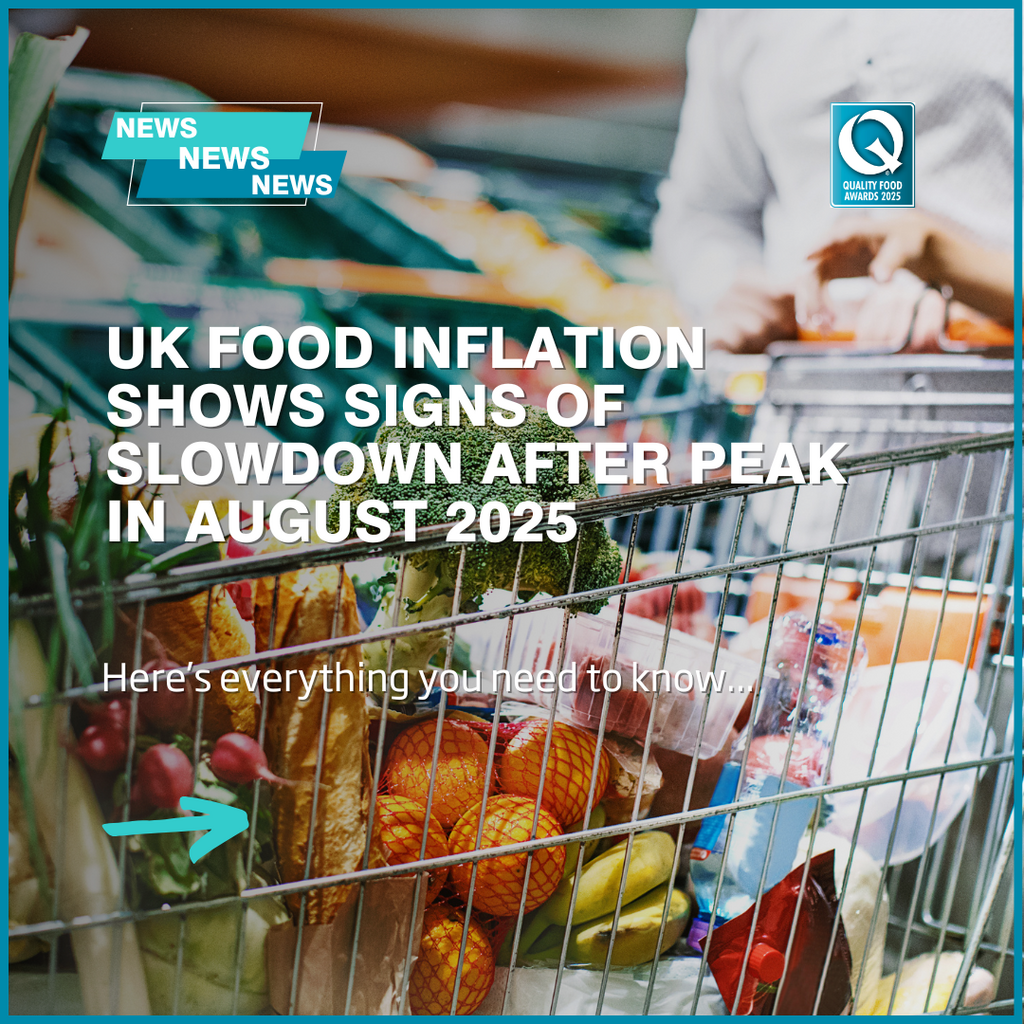
UK food inflation shows signs of slowdown after peak in August 2025
UK food inflation eased in September 2025, marking its first slowdown since March despite ongoing pressure from certain sectors, as experts warn that core costs remain high for households.
The annual rate of food inflation in the UK showed signs of easing in September 2025, marking the first slowdown since March of the same year. Official data from the Office for National Statistics (ONS) revealed that food and non-alcoholic beverage prices fell by 0.2% month-on-month in September, reversing a 0.4% increase a year earlier. On a yearly basis, the inflation rate for these categories dropped to 4.5%, down from 5.1% in August. This decline was attributed partly to increased sales and discounting compared to the previous year.
James Walton, chief economist at IGD, commented that the moderation aligns with prior forecasts suggesting food inflation had likely peaked. However, Walton emphasised that despite the slower pace, food prices continue to rise year-on-year and remain above the broader cost of living inflation, which stands at 3.8%. This ongoing price pressure means food and drink costs continue to weigh heavily on household budgets, impacting shopper confidence and fostering more cautious purchasing habits.
While the overall inflation rate has cooled, certain food categories are still experiencing significant price rises. Walton highlighted red meat, coffee, and chocolate as sectors where production challenges—such as adverse weather in key exporting countries and supply constraints within the UK—are sustaining upward price pressures. In contrast, inflation in grain prices has been milder than expected due to strong stock levels from the previous year and abundant international supply.
The period leading up to September had seen a notable surge in food inflation. In August 2025, inflation peaked at 5.1%, the highest in 18 months, driven by continued price hikes across products such as beef, veal, butter, chocolate, coffee, and milk. This represented the fifth consecutive monthly increase and underscored the prolonged cost pressures faced by the food sector. Industry reports had forecast this peak, warning that food inflation was set to outpace general inflation significantly through the summer, placing additional strain on both consumers and businesses.
Looking ahead, food and drink companies are closely watching the forthcoming Autumn Budget for any policy announcements that might influence operating costs. Areas of particular concern include labour expenses and business rates. The government’s approach to these issues could be pivotal in shaping the business environment amid ongoing economic pressures.
Overall, while the recent easing in food inflation offers a glimmer of relief, the underlying challenges for the food sector and consumers remain substantial. Continued vigilance will be required to manage costs and support households navigating a tough economic landscape.
